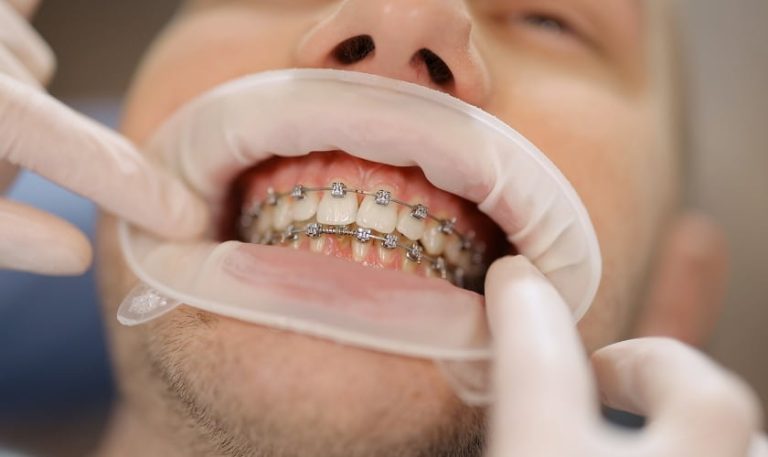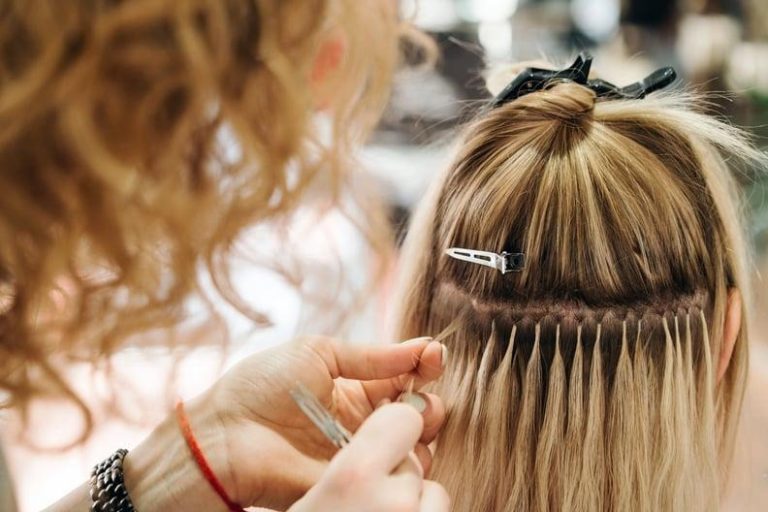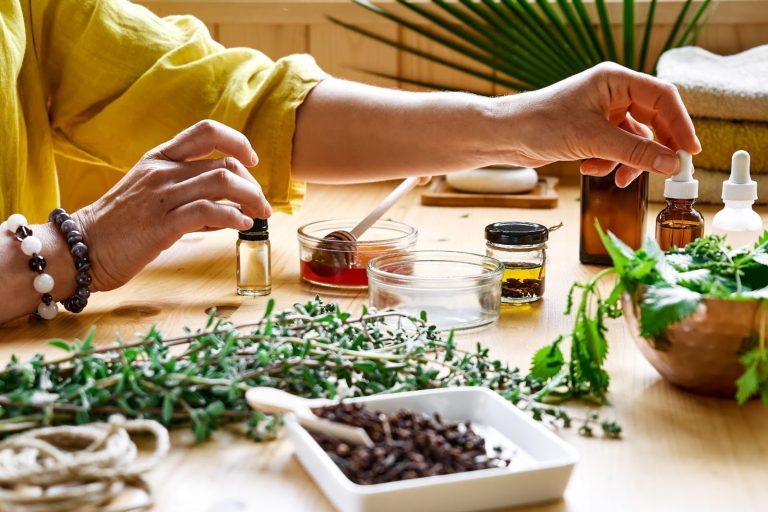Rock climbing demands exceptional forearm strength and endurance that separates casual enthusiasts from accomplished climbers tackling challenging routes. Whilst climbing itself builds considerable grip capacity, targeted forearm training accelerates progression, prevents plateaus, and reduces injury risk. Understanding how to systematically develop climbing-specific forearm strength transforms your ability to tackle harder grades and sustain performance through extended sessions.
Why Climbers Need Dedicated Forearm Training
Climbing places unique demands on forearm muscles and finger tendons that differ significantly from general grip training. Routes require sustained isometric contractions whilst maintaining various grip positions—crimps, pinches, slopers, and pockets—each stressing muscles differently. A single climb might demand explosive power for dynamic moves followed immediately by static endurance for sustained holds.
Many climbers reach performance plateaus determined entirely by forearm capacity rather than technique, core strength, or mental fortitude. You execute moves perfectly until your forearms pump out, fingers open involuntarily, and you’re off the wall. Addressing this limitation through structured training unlocks progress that technique refinement alone cannot achieve.
Finger tendon health represents another critical consideration. Climbing injuries frequently involve finger pulleys and tendons that haven’t adapted adequately to training loads. Progressive forearm strengthening that includes tendon conditioning reduces injury risk whilst building the resilience required for sustained high-level performance.
Understanding Climbing-Specific Forearm Demands
Isometric Endurance
Unlike dynamic movements that alternate contraction and relaxation, climbing requires sustained isometric holds where muscles maintain tension without movement. This creates unique metabolic demands—blood flow becomes restricted, metabolic waste accumulates, and the characteristic forearm “pump” develops that eventually forces failure.
Training isometric endurance requires extended time under tension rather than brief maximal efforts. Dead hangs, extended holds on various grip positions, and sustained low-intensity climbing build the capacity to delay forearm pump and maintain performance through lengthy sequences.
Finger Strength Across Grip Types
Different hold types stress fingers uniquely. Crimping—gripping with fingers flexed at the middle joint—creates tremendous forces through finger tendons and pulleys. Open-hand gripping distributes forces more evenly but requires different muscular recruitment. Pinches engage thumb opposition strength, whilst slopers demand whole-hand friction and contact strength.
Comprehensive training addresses all grip types rather than exclusively training your strongest or most comfortable positions. Balanced development prevents weaknesses from limiting overall climbing performance and reduces injury risk from over-reliance on particular grip patterns.
Power for Dynamic Movements
Whilst endurance dominates most routes, explosive finger power enables dynamic moves where you launch from one hold to latch the next. This requires rapid force generation combined with precise control—missing the hold or gripping imprecisely results in immediate failure.
Training power involves working at higher intensities for shorter durations, incorporating campus board work, system board training, and weighted hangs at challenging intensities for brief intervals.
Effective Training Protocols for Climbers
Hangboard Training
Hangboards represent the cornerstone of climbing-specific forearm training, allowing systematic progression across various grip positions. Begin with basic two-arm hangs on comfortable edges, progressively reducing edge size or adding weight as strength improves.
Protocol variations address different training goals. Maximum hangs—working at loads sustainable for only 7-10 seconds—build absolute strength. Repeaters—performing 7-second hangs with 3-second rests for multiple repetitions—develop power-endurance. Extended hangs of 30-60 seconds build the aerobic capacity that delays forearm pump.
Structure hangboard sessions carefully, beginning with thorough warm-up and addressing easier grip positions before progressing to more stressful ones. Respect conservative progression—finger tendons adapt slowly, and rushing advancement invites chronic injuries.
Campus Board Work
Campus boards develop explosive power through dynamic latching movements performed without foot assistance. Progression moves from simple up-down laddering to more advanced exercises like bumps, double-dynos, and long reaches between rungs.
However, campus training places tremendous stress on finger tendons and pulleys. Reserve this training for experienced climbers with established base strength, limit frequency to 1-2 weekly sessions, and prioritize movement quality over attempting maximally difficult sequences.
Supplementary Training Tools
Beyond climbing-specific implements, general grip training tools support well-rounded development. Quality forearm workout tools like hand grippers, wrist rollers, and grip trainers build baseline crushing and support strength that complements climbing-specific adaptations.
These tools offer convenient training options for rest days or travel situations when climbing facilities aren’t accessible. They also address grip strength aspects—like crushing grip—that climbing doesn’t optimally develop, creating more comprehensive hand strength.
Antagonist Training
Climbers constantly pull, creating muscular imbalances that contribute to elbow pain and shoulder issues. Dedicate training time to antagonist work—push-ups, overhead pressing, and especially finger extension exercises using rubber bands or specialized extension trainers.
This balanced approach maintains joint health and optimizes long-term performance progression. Many climbers who exclusively focus on pulling movements eventually develop chronic elbow tendinitis that forces extended training breaks.
Periodization for Climbing Performance
Building Base Strength
Off-season or base-building phases emphasize maximum strength development through weighted hangs, lower-repetition work, and general conditioning. This foundation supports subsequent training focused on sport-specific adaptations.
Base phases typically last 8-12 weeks, with 2-3 weekly strength sessions complementing moderate-volume climbing. Avoid training to failure frequently during this phase—focus on quality repetitions that build strength without excessive fatigue.
Power-Endurance Development
As competition or project season approaches, shift emphasis toward power-endurance that mimics actual climbing demands. Repeaters, 4×4 training protocols, and interval work develop the capacity to sustain high outputs through extended sequences.
Combine this training with increased climbing volume on routes requiring sustained effort. The combination of specific training and applied practice creates peak performance timing.
Tapering and Recovery
Before major competitions or project attempts, reduce training volume by 40-50% whilst maintaining intensity. This tapering period allows accumulated fatigue to dissipate whilst preserving training adaptations, ensuring peak performance when it matters most.
FAQ: Forearm Training for Climbers
How often should climbers train forearms specifically?
Most climbers benefit from 2-3 dedicated forearm training sessions weekly, complementing rather than replacing actual climbing. These sessions might include hangboard work, campus training, or supplementary grip exercises. More frequent training risks overuse injuries, particularly for finger tendons that require substantial recovery time.
When should beginners start hangboard training?
New climbers should establish 6-12 months of consistent climbing before introducing hangboard work. This foundation period allows tendons to adapt to climbing loads gradually, reducing injury risk when systematic training begins. Premature hangboard training frequently causes finger injuries that sideline progression.
Can I train forearms the same day I climb?
Training sequence matters significantly. If climbing and forearm training occur the same day, climb first when technique and power are optimal, then perform supplementary forearm work. Alternatively, separate these sessions by several hours, allowing partial recovery between efforts.
How do I prevent finger injuries during forearm training?
Thorough warm-up, conservative progression, adequate recovery between sessions, and respecting pain signals all prevent most injuries. Never train finger strength whilst experiencing pain, avoid maximum efforts on small edges until well-conditioned, and prioritize open-hand grip positions initially as they stress pulleys less than aggressive crimping.
What’s the best way to improve climbing endurance?
Climbing endurance improves through volume—accumulating time on the wall at moderate intensities. Complement this with repeater protocols on hangboards, extended traversing sessions, and 4×4 training where you climb four routes with minimal rest between attempts. Aerobic capacity ultimately determines endurance performance.
Conclusion
Systematic forearm training accelerates climbing progression by developing strength, power, and endurance that complement technical skill development. By understanding climbing-specific demands, implementing appropriate training protocols including hangboard work and supplementary exercises, respecting tendon adaptation rates, and periodizing training to peak for important objectives, climbers build the forearm capacity required for sustained high-level performance. Whether pursuing competition success, outdoor projects, or simply enjoying progression through the grades, dedicated forearm training transforms your climbing potential whilst maintaining long-term finger health.











